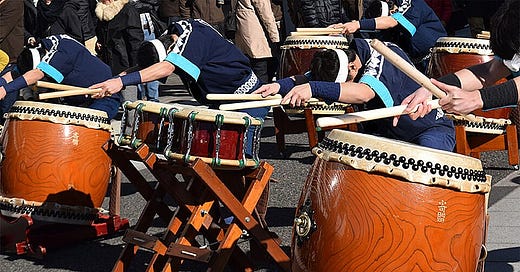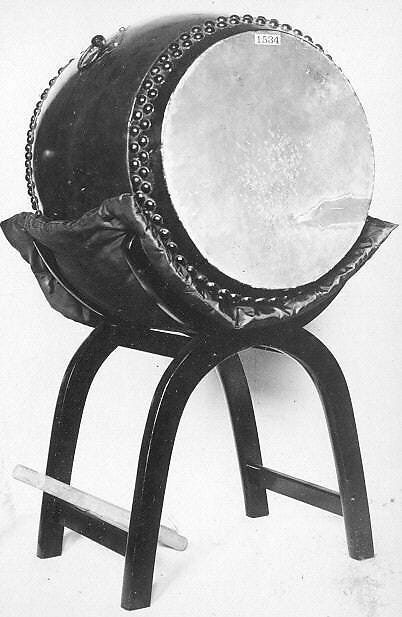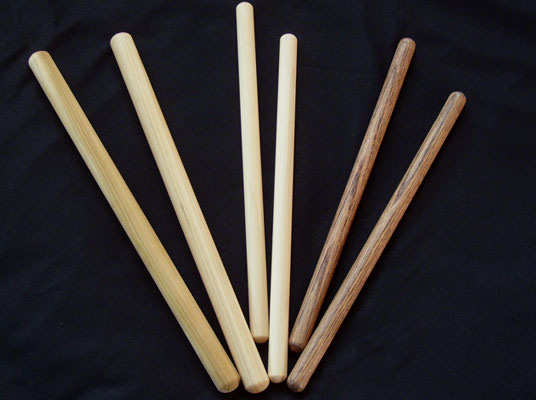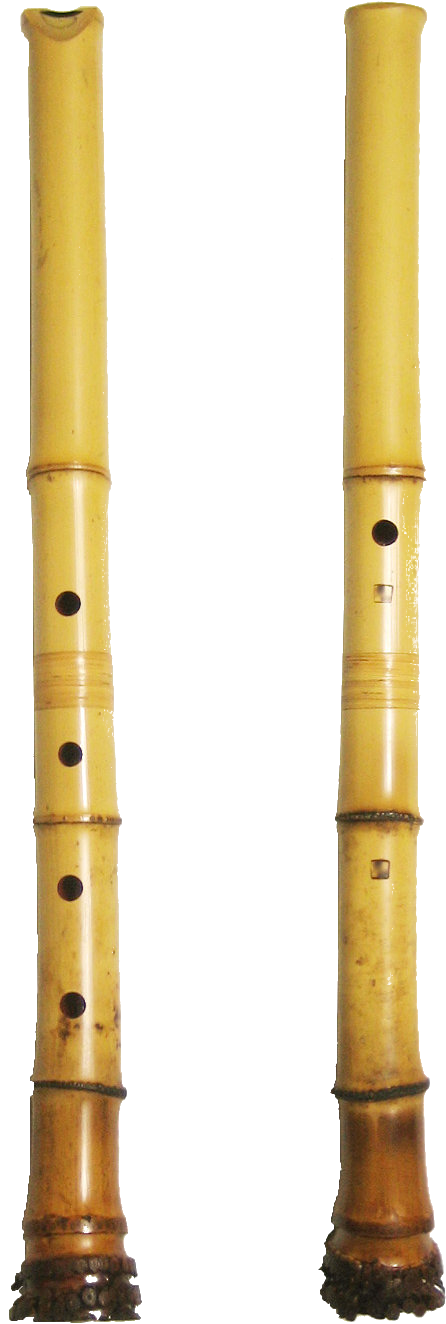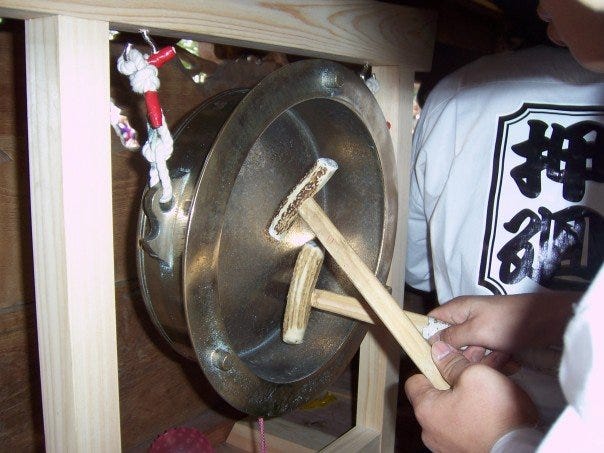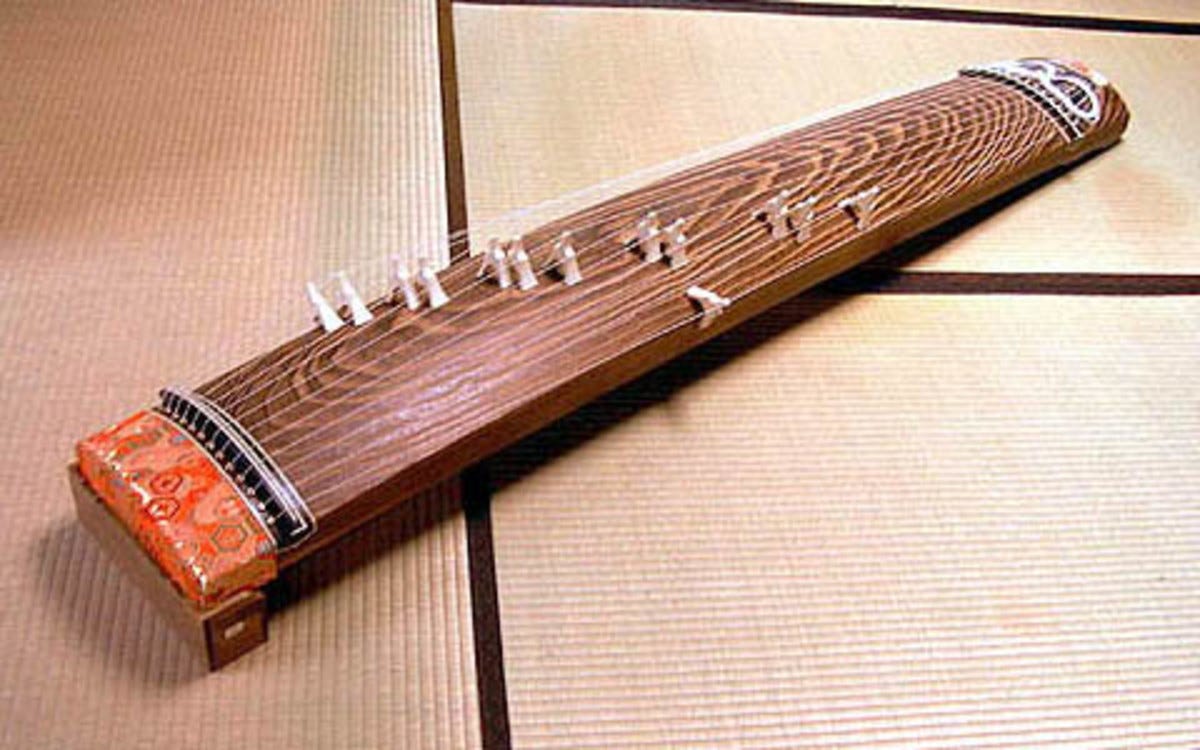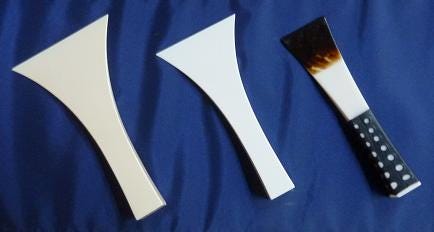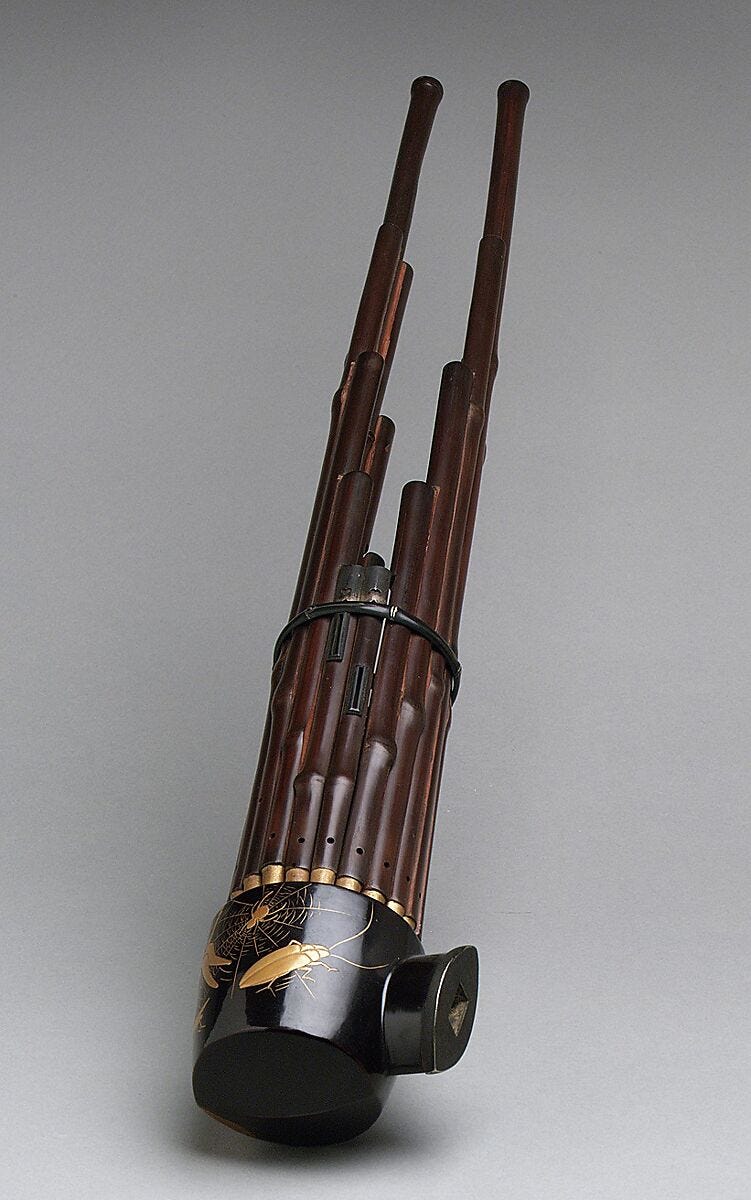Japanese Instruments
They're so interesting, and I love their sounds. I need more reasons to put them in my stories.
When writing about a different culture, it’s hard to fully show all the different things in a story without stopping to focus on certain things. One of the things I wish I didn’t have to gloss over so much is the instruments seen in my story Survival. From a storytelling point of view it made sense not to spend much time on them, but I find them interesting.
For the story, I tried to keep it simple and only named a few instruments for the light festival. I named wadaiko, oodaiko, atarigane, and flutes. Later on we also see the koto. But what are they?
Taiko
Outside of Japan, we use the term taiko to refer to any Japanese drum, however there are many different drum shapes and sizes, each creating a different sound, and each has a different name.
The most popular and recognised type of taiko is the nagado daiko (also called miya daiko because it’s played in shrines and temples).
Nagado daiko are made of a wood called keyaki and covered in cowhide. They are also played on stands and hit with sticks called bachi. The drummer can hit the head of the drum or change the sound by hitting the wooden or metal parts.
Similar to the nagado daiko is the Ō-daiko or oodaiko, a much larger drum which produces a deeper sound.
Both of these drums were played at festivals as well as having other purposes throughout history such as for the military, theatre, and religious ceremonies in shrines and temples.
The term wadaiko is a style of drumming on various taiko, full of movement and dynamic group drumming.
Japanese Flute
To try and keep my terms simple for my story, I omitted the name of the flute and just named it as a flute. However unlike western flutes, the Japanese shakuhachi is made of bamboo and has changed a few times over history. The first version was originally brought over from China and was named the kodai shakuhachi, however it died out around the 10th century. It came back into fashion, however, during the Muromachi period (the one I am writing in) and was named the hitoyogiri shakuhachi. A collective term for all japanese bamboo flutes is fue, in which the shakuhachi is included.
Atarigane
The last named instrument in my festival was the atarigane, a hand held gong which is hit with a mallet called a shumoku or kane yō bachi, made from bamboo and deer antler. They can also be suspended, however are most commonly held. These too are used in shrines and temples, being used in ceremonies and to signify time or certain events.
Koto
The koto is an instrument which is plucked along it’s 13 strings. It’s also now the national instrument of Japan, and very recognisable. It is made of wood, and decorated with ivory, and silk for the strings. Each part of the koto has a name related to dragons, as it is said the koto resembles a dragon itself.
Other instruments
Although those are the only ones which have appeared in my stories so far, there are two other instruments I’d love to bring in if I can.
Shamisen
Another very recognisable instrument is the shamisen, a three stringed instrument plucked with a special plectrum called a bachi. These are different to the ones used by taiko.
It is an instrument similar to a guitar or a banjo, and the body was traditionally covered with animal skin. The shamisen has three strings made from silk, stretched over the head which is made of wood.
Shō
The shō is an instrument made of 17 slender bamboo pipes fitted to a base. Two of the pipes are kept silent on purpose to represent two wings, as the shō is said to sound like the call of a phoenix. It makes an unusual sound and one that maybe is recognisable without realising.
Examples
Taiko
Oodaiko
Shakuhachi
Atarigane
Koto
Shamisen
Shō


